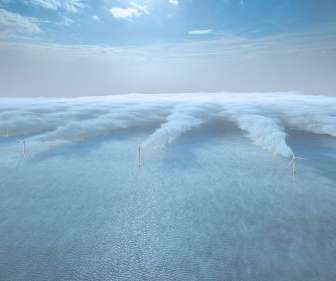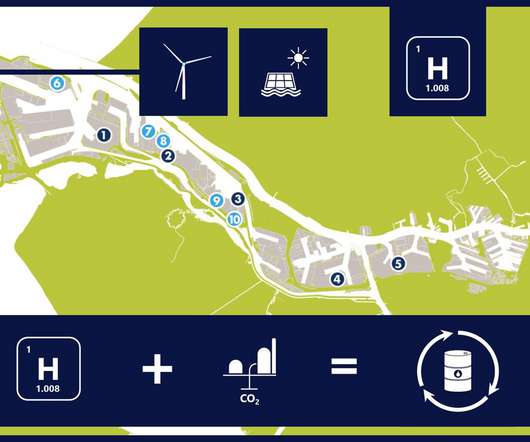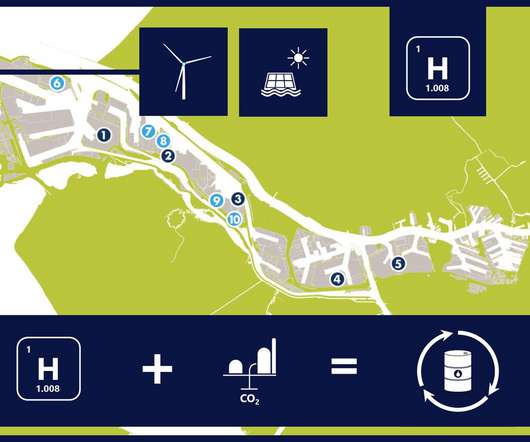Ørsted Joins Efforts To Develop Offshore-Wind-to-Green-Hydrogen Tech
GreenTechMedia
JANUARY 11, 2021
Global offshore wind developer Ørsted has become the latest major player to pursue off-grid green hydrogen, a technology that could expand capacity for converting offshore wind power to zero-carbon energy. The Danish firm is collaborating with ITM Power, Siemens Gamesa and Element Energy on the Oyster project.















Let's personalize your content